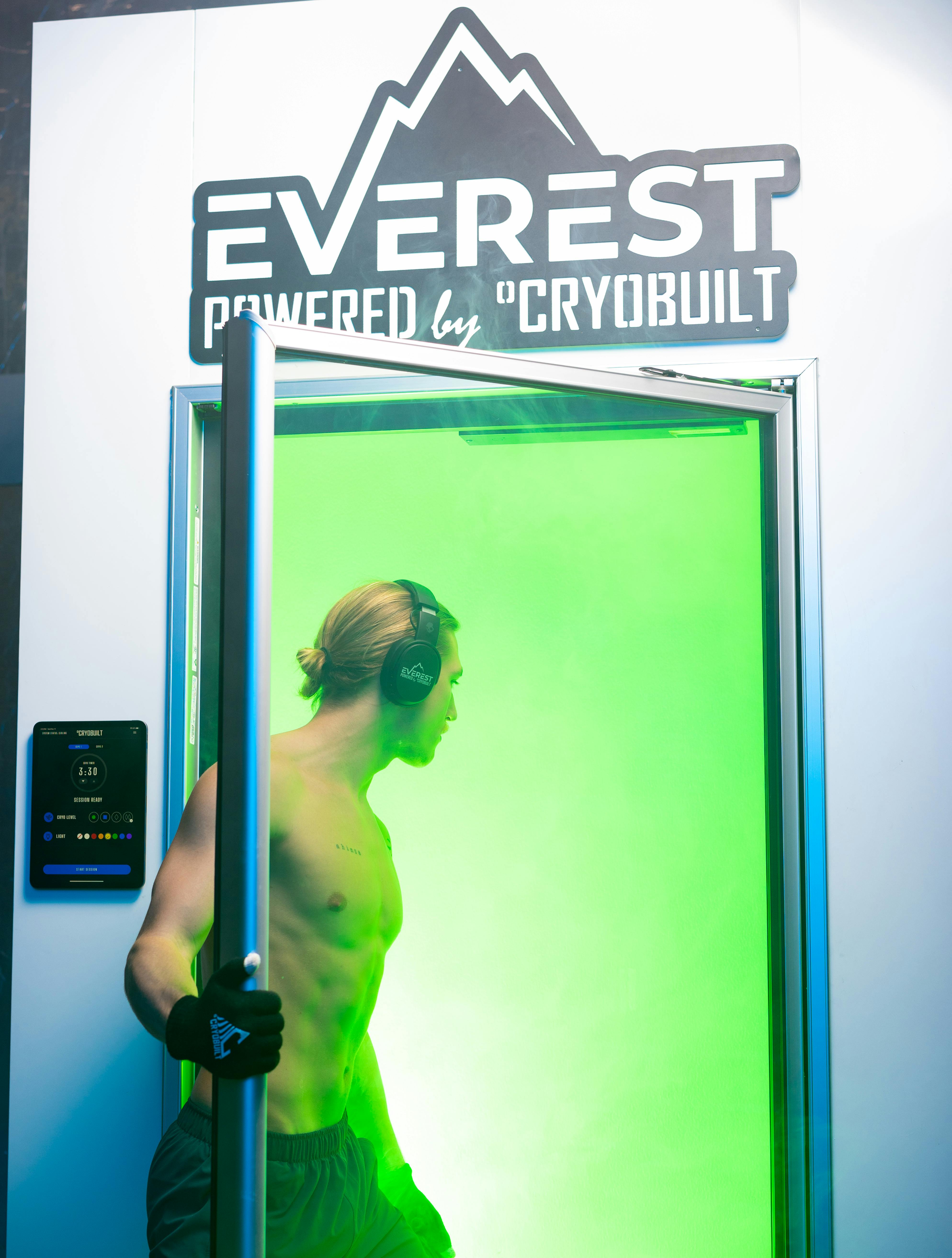Unmasking the Beauty of Reflexology: A Historical Perspective and Its Modern Impact
Reflexology, a non-intrusive, holistic therapy, has gained considerable attention in the beauty and wellness industry. Adopted from ancient practices, it's a method that involves applying pressure to specific points on the feet, hands, or ears, believed to correspond to different body organs and systems. The resurgence of reflexology in today's beauty and wellness scene reflects a shift towards natural, well-rounded approaches to self-care. As we explore the historical context, key developments, and current trends in reflexology, we'll delve into the benefits and impact it has on the industry.

The Roots of Reflexology
Historically, reflexology has its roots in various ancient civilizations - China, Egypt, and India, dating back to 2330 BC. The oldest documentation of reflexology was discovered in the tomb of an Egyptian physician Ankmahor, where wall paintings depicted individuals receiving foot treatments. However, modern reflexology was developed in the early 20th century by Dr. William Fitzgerald, an American ear, nose, and throat specialist.
The Science Behind Reflexology
Reflexology is based on the belief that specific points on the feet, hands, and ears correspond to different body organs and systems. By applying pressure to these points, the practitioner can stimulate the energy flow, promoting health in the corresponding body part. Although there is a lack of scientific evidence to support these claims, many people have reported improvements in well-being and stress relief after reflexology sessions.
Current Industry Trends and Analysis
Today, reflexology has become a popular service in many spas and wellness centers worldwide. It’s often combined with other therapies such as massages and facials for a holistic wellness experience. According to a report by the Global Wellness Institute, there’s a growing demand for reflexology due to the increased interest in self-care and natural treatments.
Benefits and Impact on the Beauty Industry
Reflexology is believed to have numerous benefits, including stress reduction, improved blood circulation, and detoxification. Moreover, it’s often used to complement other beauty treatments. For instance, facial reflexology can help enhance skin tone and texture, making it a popular choice in many beauty clinics.
In the beauty industry, reflexology has carved out a niche for itself. Its natural, non-invasive approach aligns with the industry’s shift towards holistic and wellness-focused services. As more people embrace the concept of beauty from within, reflexology offers a unique way to attain this.
Evidence-Based Recommendations
While the scientific community is yet to fully validate the effectiveness of reflexology, its benefits are widely recognized in anecdotal evidence. Most experts recommend reflexology as a complementary therapy, not as a standalone treatment for serious health conditions. It’s advised to consult with a healthcare professional before starting any new therapy regimen.
In conclusion, reflexology has emerged as a significant trend in the beauty and wellness industry, offering a holistic approach to self-care. Its historical roots, combined with its modern applications, make it a compelling topic in the ongoing narrative of beauty and wellness. As the industry continues to evolve, it’s likely that reflexology and similar therapies will continue to play a crucial role in shaping our understanding of health and beauty.





